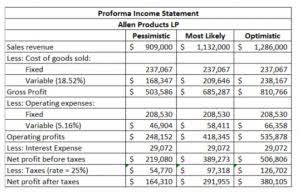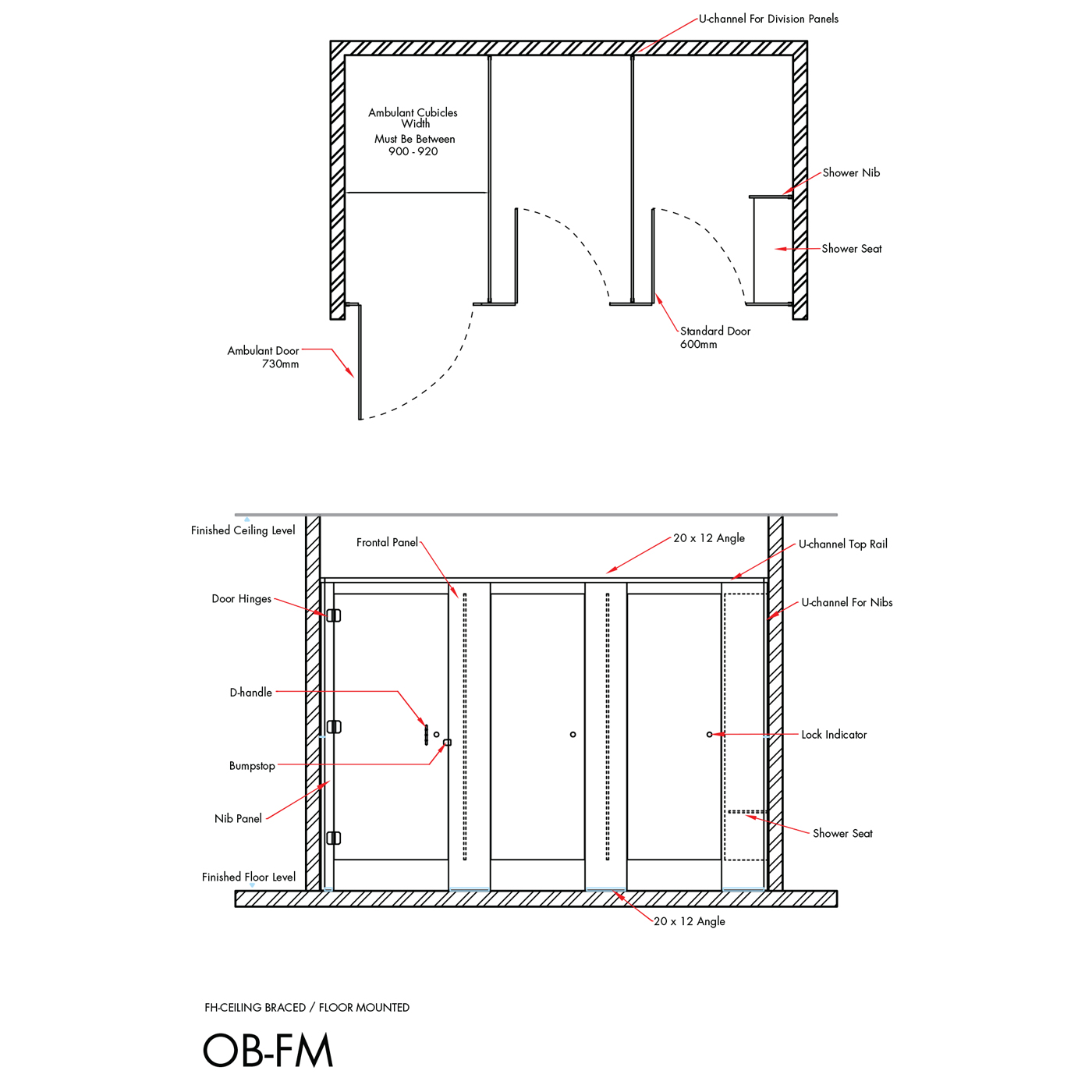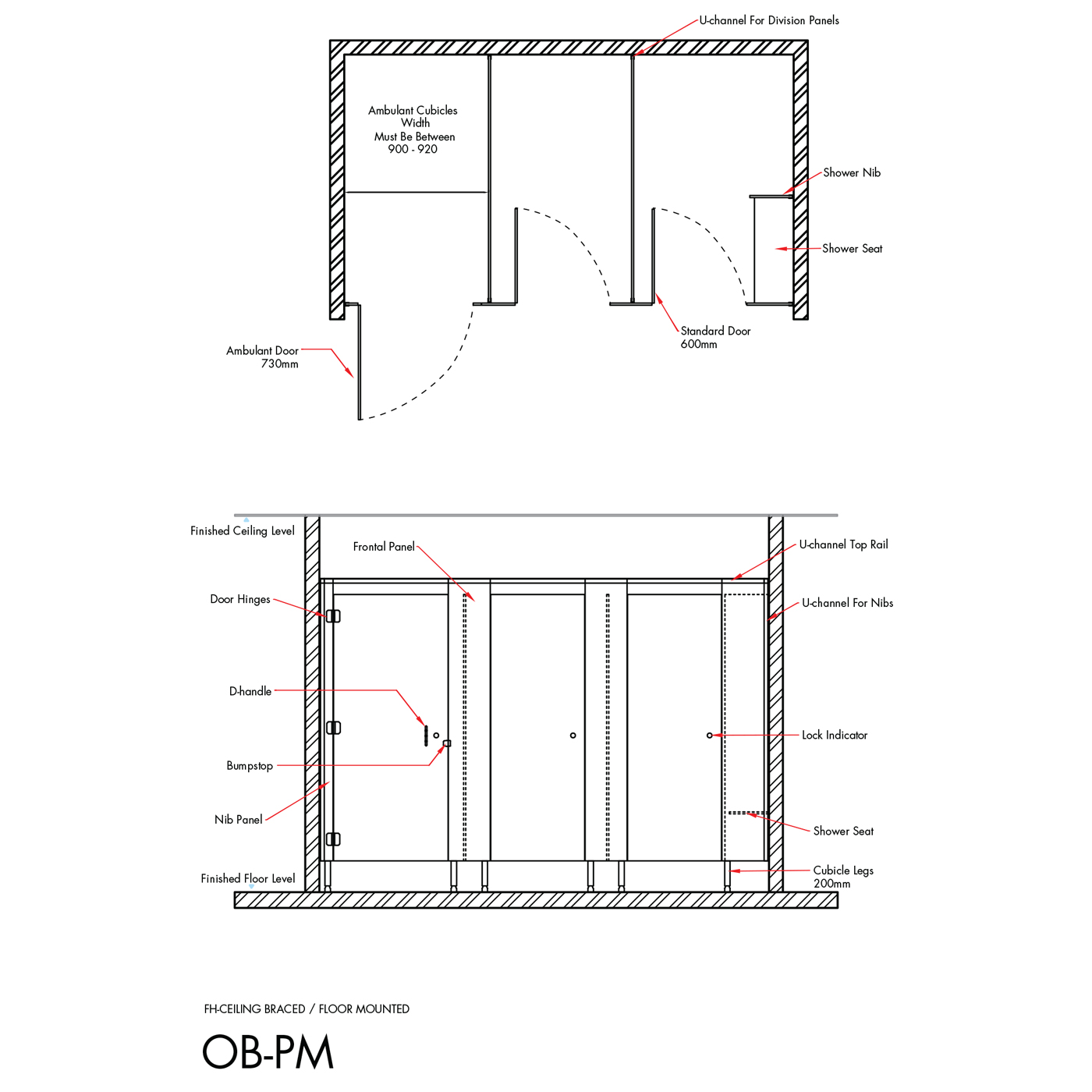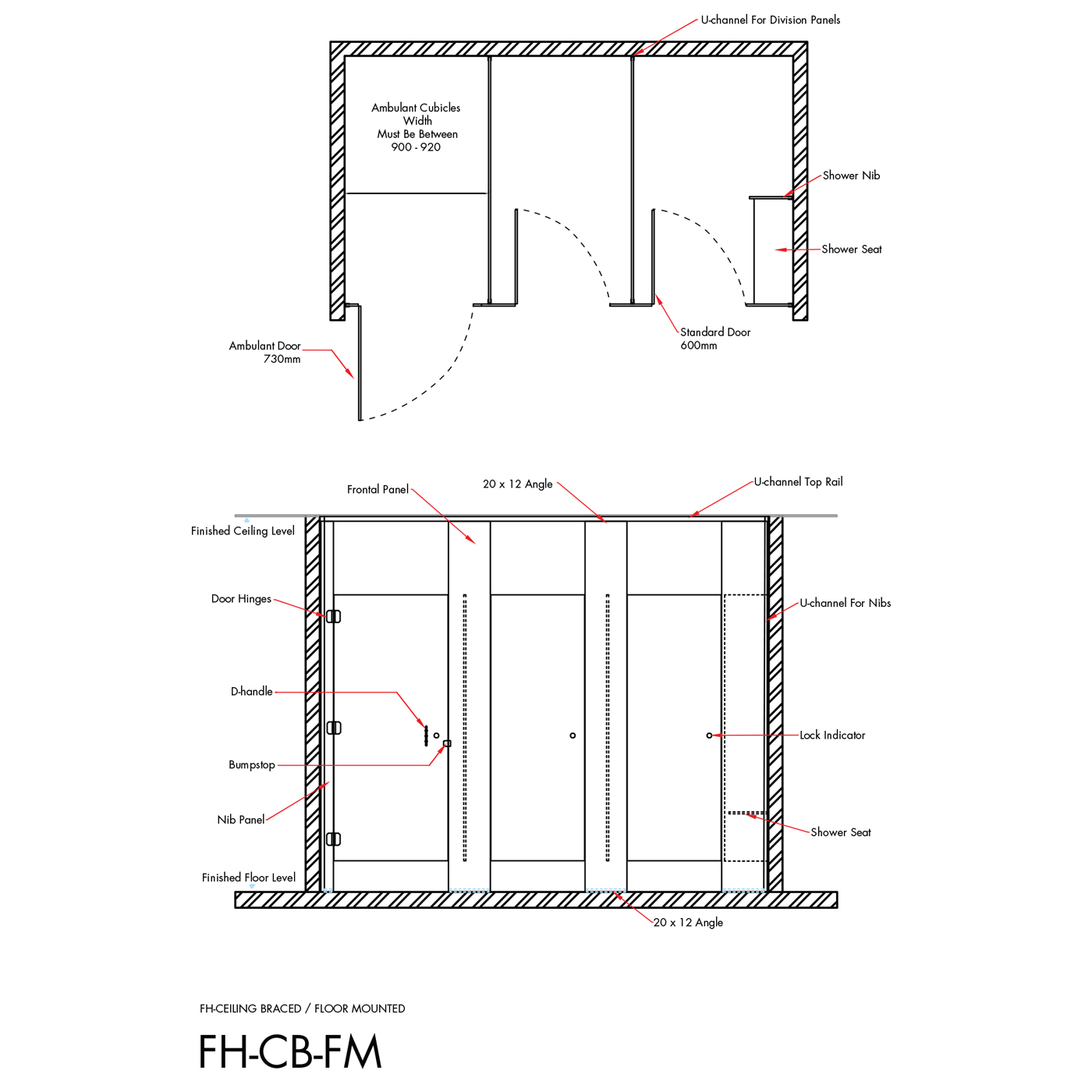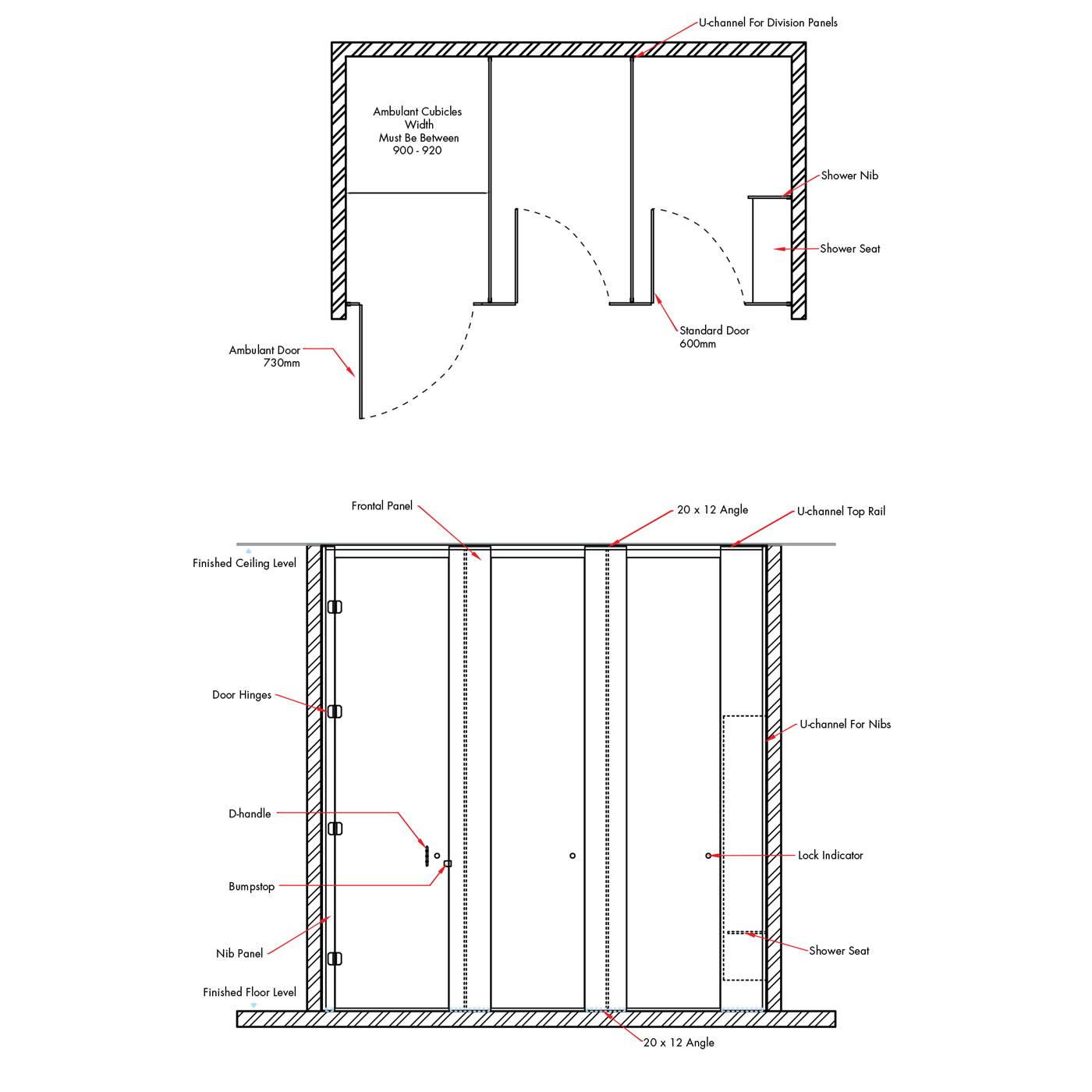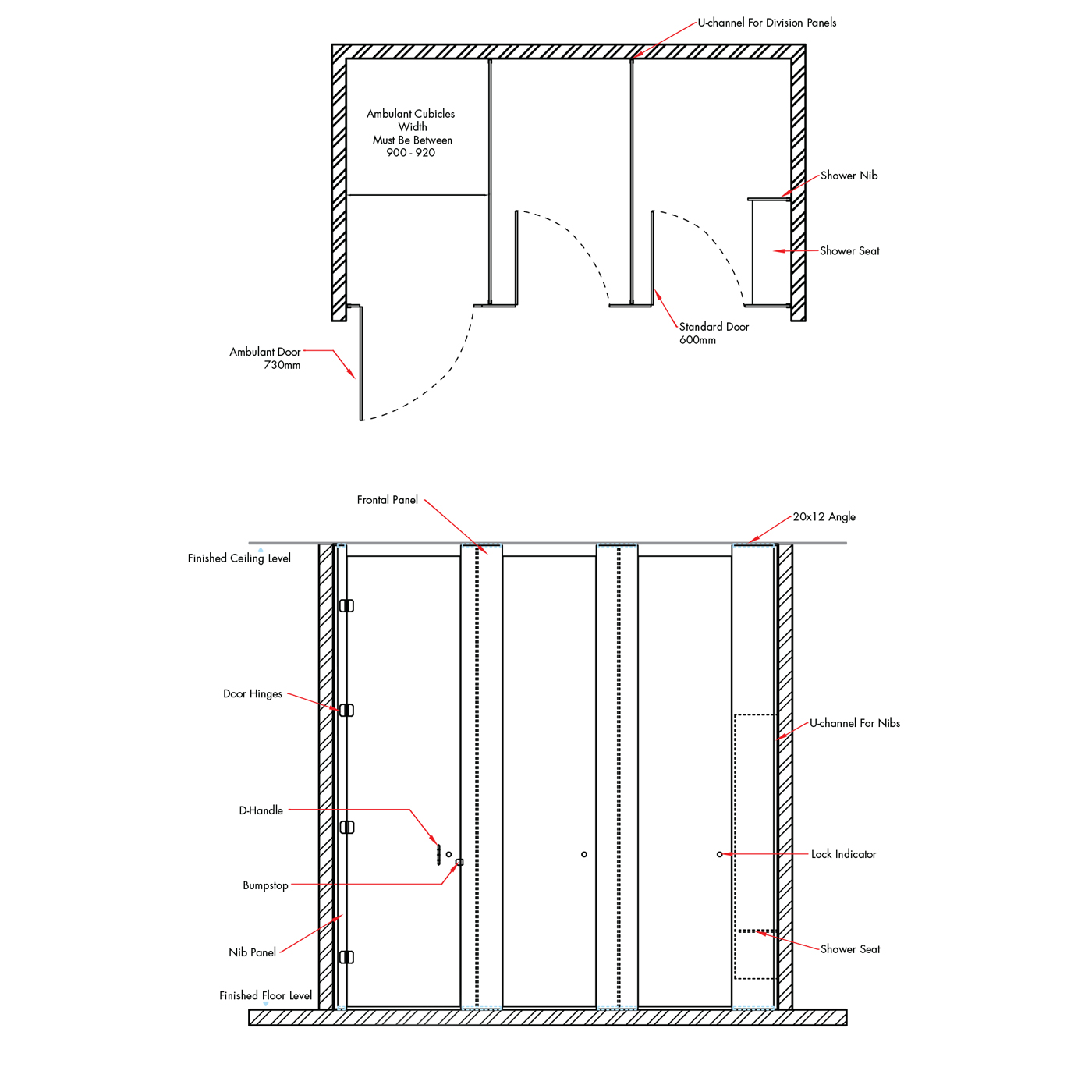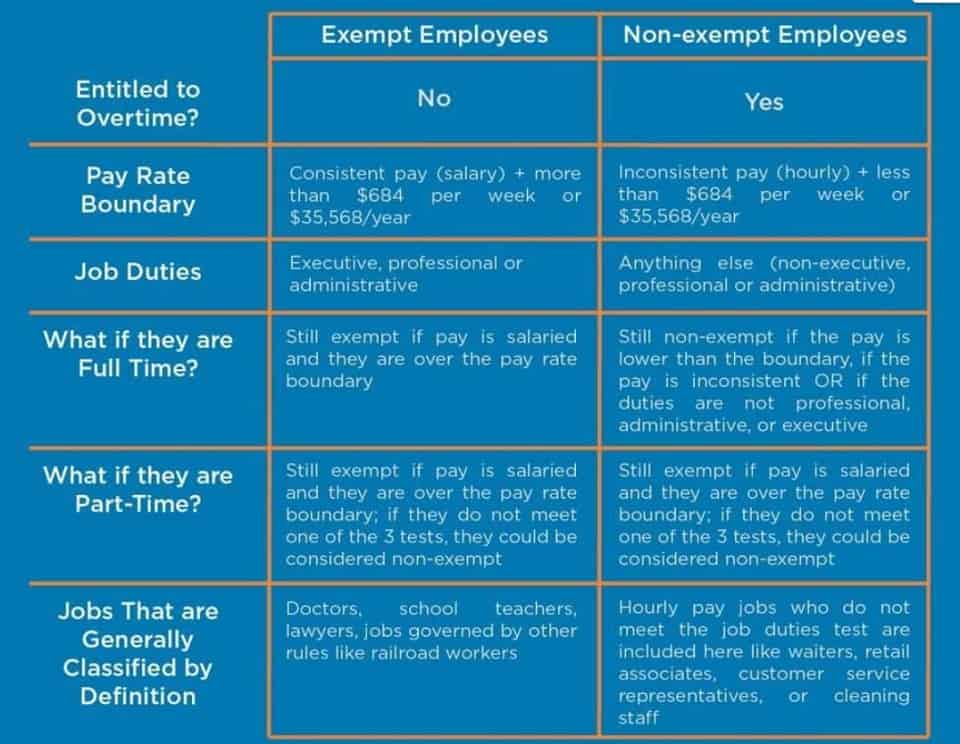
Let’s say that ourexample company turned over the $2,200 accounts receivable to acollection agency on March 5, 2019 and received only $500 for itsvalue. When customers are unable to pay off the credit in the normal timeframe, a note receivable allows them more time to make payments, and interest is applied. The impairment amount is recorded as a debit to bad debt expense and as a credit either to an allowance for uncollectible notes account (a contra account to notes receivable) https://www.bookstime.com/ or directly as a reduction to the asset account. After 60 days of non-payment, notes payable are issued to MPC by RSP Co. for USD60,000 at an interest rate of 10% per annum and with a payment of USD20,000 due at the end of each of the next 90 days. If the note receivable is due within a year, it’s treated as a current asset, treated as non-current assets. For example, if a business wants to borrow $7,000, Square might charge a total of $7,910 for the loan.
- The Revenue Recognition Principle requires thatthe interest revenue accrued is recorded in the period when earned.Periodic interest accrued is recorded in Interest Revenue andInterest Receivable.
- “That’s the only time I could read something, and I had to read them so I could be ready for calls or meetings the next day,” Trump told Corcoran, according to Corcoran’s recordings.
- All such information is provided solely for convenience purposes only and all users thereof should be guided accordingly.
- For scenario 3, there is an immediate reduction of principal due to the first payment of $1,000 upon issuance of the note.
What Are Accounts Receivable?
Notes payable are financial documents that represent different perspectives in a credit transaction. So, notes receivable appear as assets on the creditor’s or payee’s balance sheet, whereas notes payable appear as liabilities on the debtor’s or maker’s balance sheet. Notes receivable can arise due to loans, advances to employees, or from higher-risk customers who need to extend the payment period of an outstanding account receivable. Notes can also be used for sales of property, plant, and equipment or for exchanges of long-term assets. Notes arising from loans usually identify collateral security in the form of assets of the borrower that the lender can seize if the note is not paid at the maturity date. Accounts receivable, listed as a current asset, signify money owed by customers for provided goods or services.

How much are you saving for retirement each month?
When the borrower or maker of a note fails to make the required payment at maturity, the note is considered to have defaulted. Also, if customers are known to default on paying their accounts, the seller may insist that they sign a note for the balance. The individual or business that signs the note is referred to as the maker of the note.
Example of Journal Entries for Notes Receivable
As mentioned earlier, if Anchor used IFRS the $480 discount amount would be amortized using the effective interest method. If Anchor used ASPE, there would be a choice between the effective interest method and the straight-line method. Assume if RSP was unable to pay the final installment of USD20,000 and the related interest of USD165 and MPC has been accruing this interest income. Now the note has been completely discharged, MPC has recorded an interest income of USD987. The Bullock Company’s journal entries for 1 November 2019, 31 December 2019, and 31 January 2020 are shown below.
- Other receivables include different types of non-trade receivables, such as interest receivables, salary receivables, employee advances, tax refunds, loans made to employees or other companies, and much more.
- It removes the notes receivable from Company ABC for the original amount and documents interest earnings based on the duration the note remained outstanding.
- Other notes receivable result from cash loans to employees, stockholders, customers, or others.
- So, notes receivable appear as assets on the creditor’s or payee’s balance sheet, whereas notes payable appear as liabilities on the debtor’s or maker’s balance sheet.
- Also, if customers are known to default on paying their accounts, the seller may insist that they sign a note for the balance.
Everything You Need To Build Your Accounting Skills
When a note is received from a customer, the Notes Receivable account is debited. The credit can be to Cash, Sales, or Accounts Receivable, depending on the transaction that gives rise to the note. To determine the duration of the notes, both the dates of the notes and their maturity dates must be known. For example, a note dated 15 July with a maturity date of 15 September has a duration of 62 days, as shown below. The payee is typically a business or creditor expecting payment on a specific date. Instead, a new note receivable has been created, with a maturity date set for six months from now.
Would you prefer to work with a financial professional remotely or in-person?
In cases where there are non-interest-bearing long-term loans to company employees, the fair value is determined by using the market rate for loans with similar characteristics, and the present value is calculated on that basis. The amount loaned to the employee invariably will be higher than the present value using the market rate because the loan is intended as a reward or incentive. This difference would be deemed as additional compensation and recorded as Compensation expense.

How HighRadius Can Help in Efficient Management of Receivables?

However, if any note is repayable after a year, companies must qualify it as non-current assets. A company should evaluate all its note receivables for what is notes receivable classified as classification at each reporting date. That is, they describe a financial resource that can be converted to cash soon, once the customer has paid.
